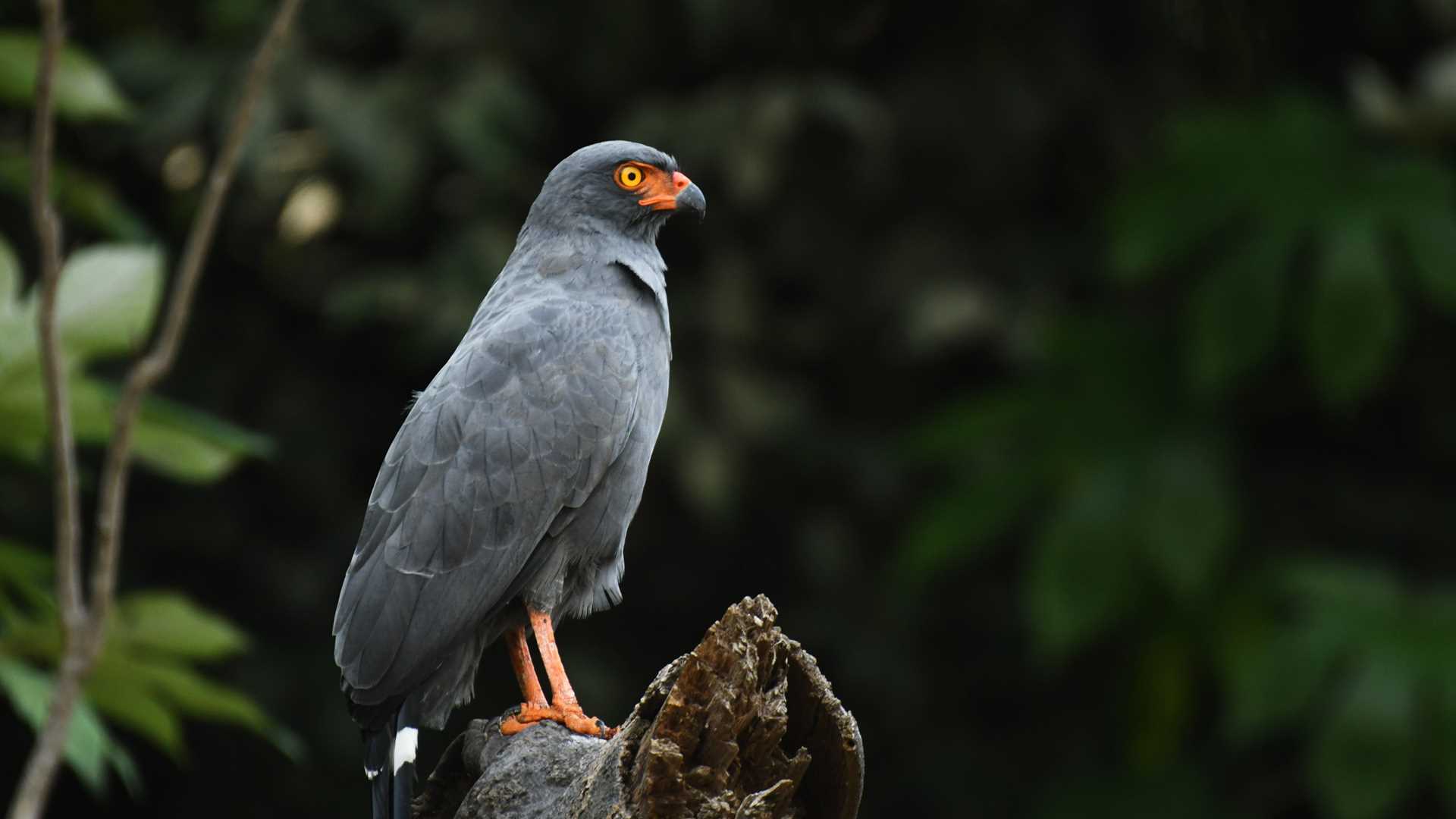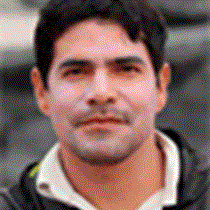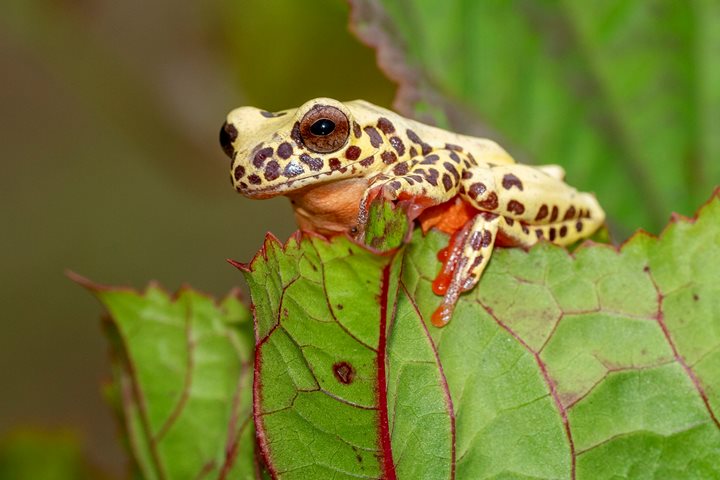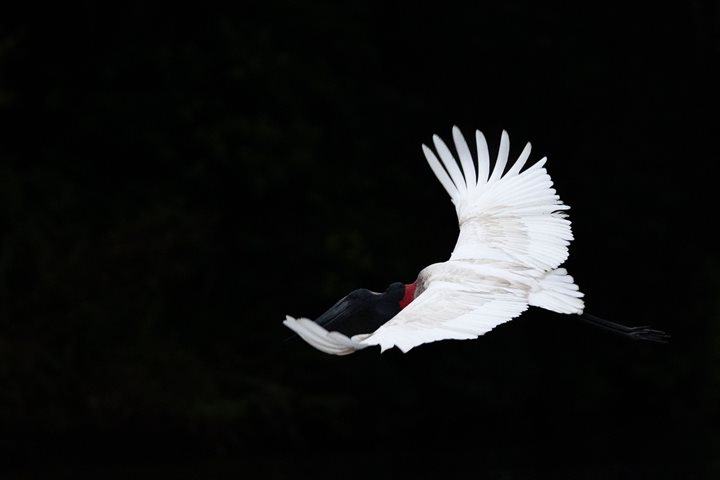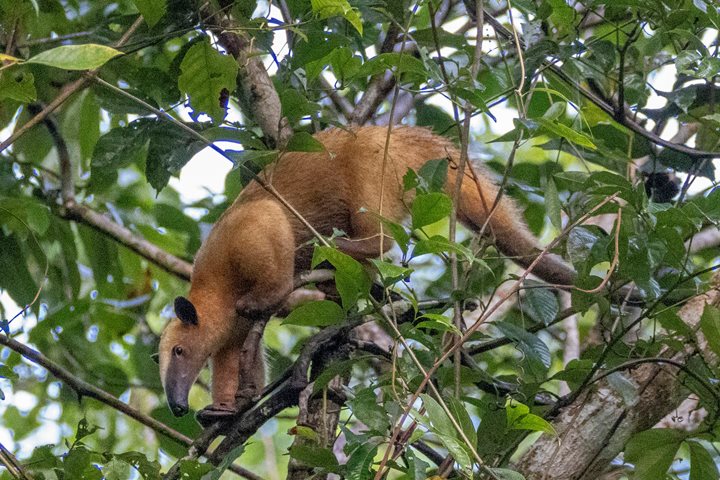Today we continued exploring the Ucayali River. October is the last of the dry season in the Amazon basin, and the flood season will soon begin. Along the riverbanks, all houses and lodges are built atop wooden pillars; this is to avoid flooding and unwanted visits from animals.
This morning we rode our skiffs to explore the area and we found a few surprises. There is an island where some woolly monkeys live, so we took a short walk to see these incredible primates. We observed them playing up and down along the vines of huge trees and jumping from branch to branch. They are very agile and use their prehensile tail as a fifth extremity to climb the trees. It was a unique and astonishing experience to share their environment for a short time. Farther along the river we found some local fishermen, catching freshwater fish for their own livelihood.
In the afternoon we motored on the Delfin II to Jose de Paranapura, a small village where a colony of Victoria regia, or large lily pads, are found. We walked into the jungle to a pond where we found many of these unique plants growing and flowering. Frogs, spiders, and some birds like to sit on these lily pads because they create food and shelter for both aquatic and non-aquatic wildlife. They float on the top of the water and make the ponds cooler for other species of animals. Lilies produce natural oxygen that allows fish to breathe and beneficial bacteria to thrive.
Later on we navigated to the conjunction of the Marañon and Ucayali Rivers, which is where the Amazon River officially starts. Our captain offered a cocktail to celebrate this event. It’s not every day you have the opportunity to be in one of the largest rivers of our planet, watching an incredible sunset, and relaxing with the delicious Peruvian Pisco sour. Cheers!
5/31/2025
Read
Delfin II
Marayali River, Amazonas Village, Peru
Leaving Delfin II at 06:00 for our morning skiff ride, we explored the Marayali River. The birds were up and working on obtaining breakfast while the three-toed sloths chose to sleep the morning hours away. On our way back to the ship, we encountered a snail kite having its namesake prey for breakfast right in front of us! The rest of the morning was spent at Amazonas Village getting an introduction to life along the river. Demonstrations of how to get sugar water out of cane, how to make and dye fiber for baskets and other items, as well as food preparation were given. We chatted with children who had monkeys as pets! Our evening was topped off by a toast to the beginning of the actual Amazon River, where the Marañon and Ucayali Rivers converge. Salud! This is my final daily expedition report as a full-time Lindblad employee. I am retiring after 21 years as a National Geographic certified photo instructor and naturalist, ready to begin a new life of travel and exploration. I want to give a big thank you to all of those Lindblad guests whom I have traveled with over the years, and I will leave you with these words: Travel as often as you can, as far as you can, for as long as you can. May God and your luggage be with you!

